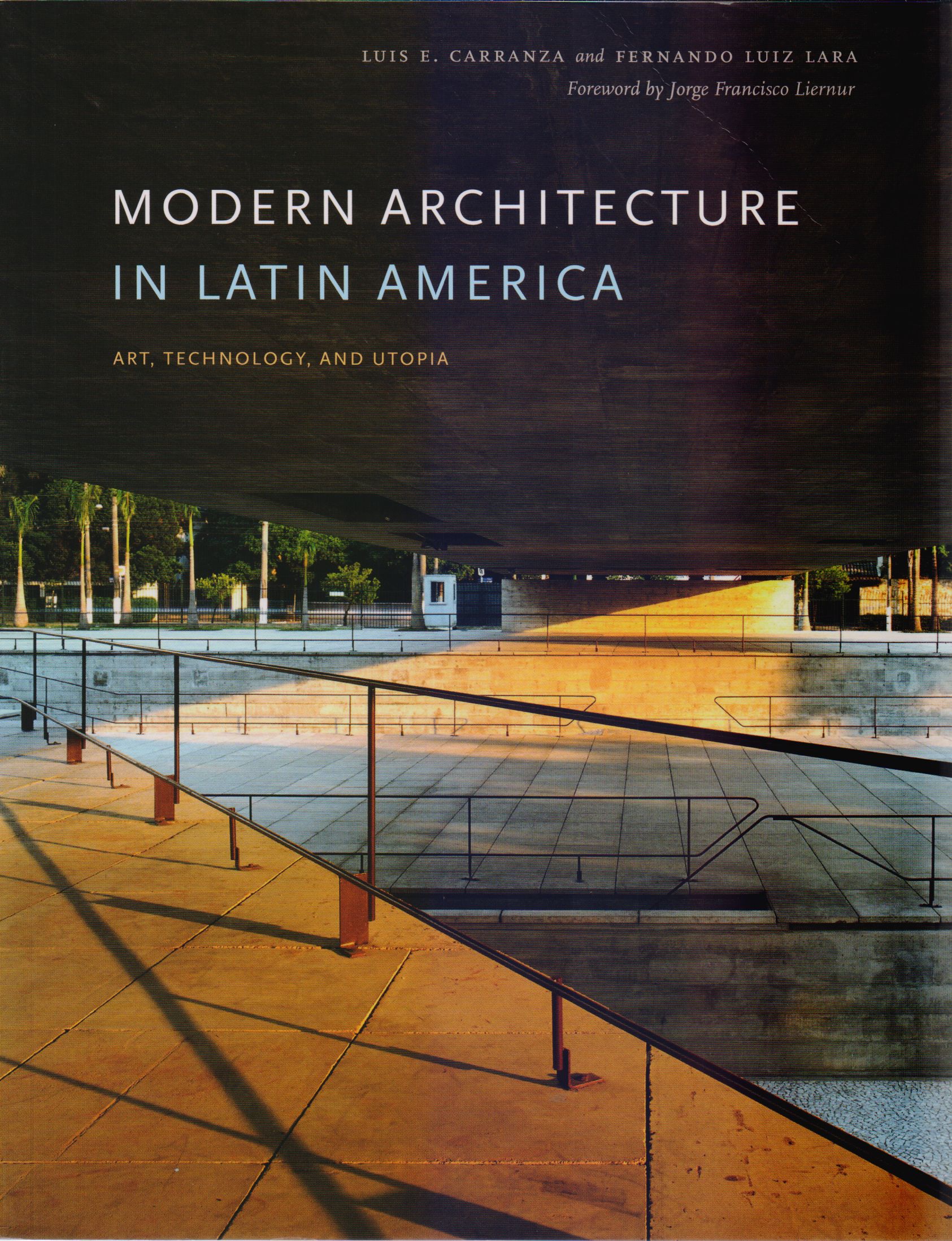Libros relacionados
 |
Modern Architecture In Latin America: Art, Technology, And Utopia Carranza, Luis E. / Luiz Lara, Fernando University Of Texas Press |
 |
Architecture And Cities Of Northern México From Independence To The Present, The Burian, Edward University Of Texas Press |
 |
Twentieth- Century Art Of Latin America Barnitz, Jacqueline / Frank, Patrick University Of Texas Press |
 |
Border Odyssey: Travels Along The U. S. / México Divide D. Thompson, Charles Jr. University Of Texas Press |
 |
María Izquierdo & Frida Kahlo: Challenging Visions In Modern Mexican Art Deffebach, Nancy University Of Texas Press |
 |
Cognitive Literary Studies Current Themes And Directions Jaen, Isabel & Julien Jacques Simon University Of Texas Press |


|
Título: Classical Mexican Cinema, The: The Poetics Of The Exceptional Golden Age Films | |
| Autor: Ramírez Berg, Charles | Precio: $624.00 | |
| Editorial: University Of Texas Press | Año: 2015 | |
| Tema: | Edición: 1ª | |
| Sinopsis | ISBN: 9781477308059 | |
| From the mid-1930s to the late 1950s, Mexican cinema became the most successful Latin American cinema and the leading Spanish-language film industry in the world. Many Cine de Oro (Golden Age cinema) films adhered to the dominant Hollywood model, but a small yet formidable filmmaking faction rejected Hollywood's paradigm outright. Directors Fernando de Fuentes, Emilio Fernández, Luis Buñuel, Juan Bustillo Oro, Adolfo Best Maugard, and Julio Bracho sought to create a unique national cinema that, through the stories it told and the ways it told them, was wholly Mexican. The Classical Mexican Cinema traces the emergence and evolution of this Mexican cinematic aesthetic, a distinctive film form designed to express lo mexicano.
Charles Ramírez Berg begins by locating the classical style's pre-cinematic roots in the work of popular Mexican artist José Guadalupe Posada at the turn of the twentieth century. He also looks at the dawning of Mexican classicism in the poetics of Enrique Rosas' El Automóvil Gris, the crowning achievement of Mexico's silent filmmaking era and the film that set the stage for the Golden Age films. Berg then analyzes mature examples of classical Mexican filmmaking by the predominant Golden Age auteurs of three successive decades. Drawing on neoformalism and neoauteurism within a cultural studies framework, he brilliantly reveals how the poetics of Classical Mexican Cinema deviated from the formal norms of the Golden Age to express a uniquely Mexican sensibility thematically, stylistically, and ideologically |
||
Librería Bonilla SA de CV © Todos los derechos reservados. 2019
Última actualización: Jul 2019




